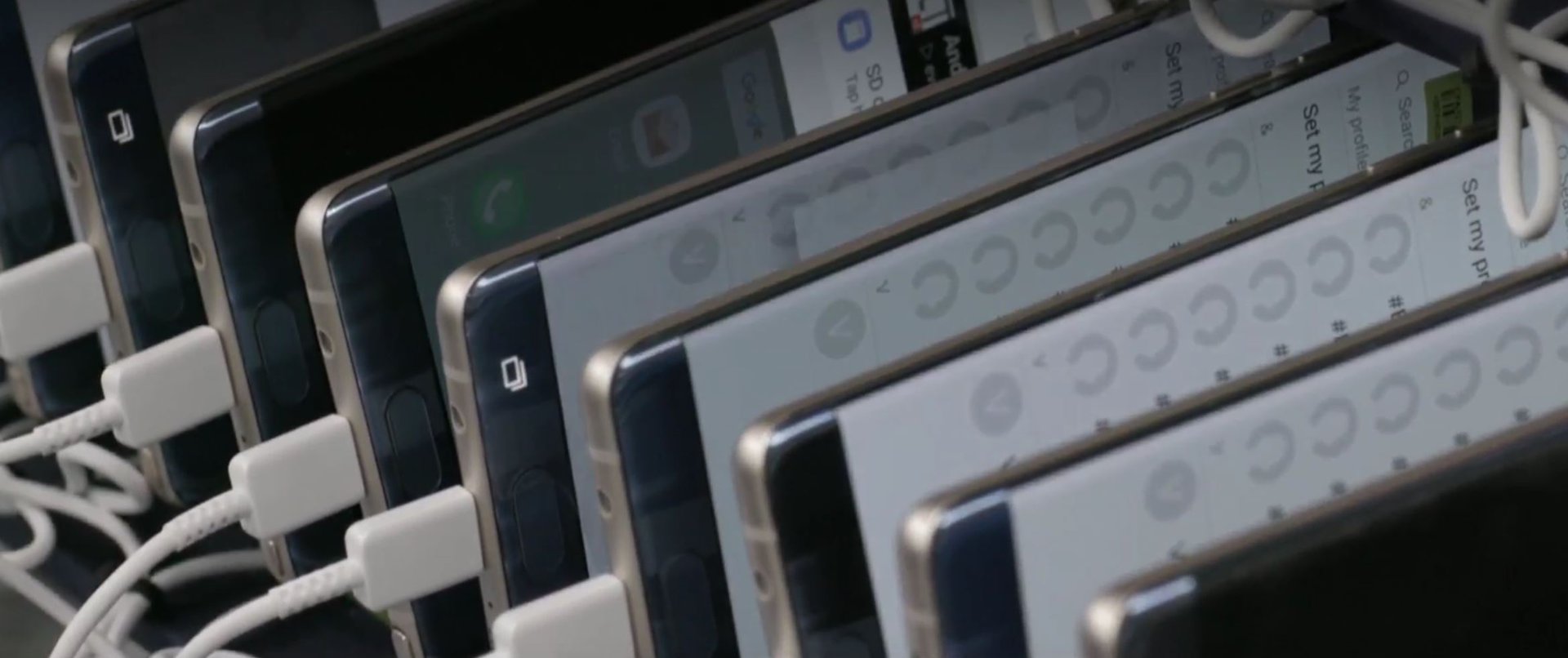Affiliate links on Android Authority may earn us a commission. Learn more.
Update: Korean government confirms Samsung's Note 7 investigation results

Update, February 6: Two weeks after Samsung finally announced what caused the Note 7 overheating incidents, Korea’s product safety watchdog revealed the results of its own investigation (WSJ, paywalled), which was conducted in parallel with Samsung’s. Like Samsung’s report, the government investigation identified two distinct issues: excessive pressure generated by the battery casing (in case of the batteries supplied by Samsung SDI) and the lack of insulation tape due to a manufacturer error (for the batteries made by Amperex Technology). The government body said it did not identify any issues with other parts of the phone and that it would not seek to apply any penalties.
Original post, January 22: Samsung went through hell after the recall and discontinuation of the Galaxy Note 7, which kept catching on fire. It all quickly became a PR mess large enough that Samsung could not simply dismiss the issue. An explanation has been long overdue and the Korean manufacturer has finally announced what was wrong with the popular phablet.
After an apology and a short backstory, Samsung went on to explain their testing process and results, which are not far from what Bloomberg had previously reported.
Samsung went through elaborate tests using over 200 thousand devices. These focused on feature abnormalities regarding water resistance, fast charging, wireless charging, the iris scanner, software and the USB Type C. None of these Samsung internal tests showed any issues. They then went on to closely examine the production process and asked help from 3rd party investigators, including UL, Exponent and TUV Rheinland AG.

What was found? A couple issues, each affecting the different Note 7 versions (the recalled units and the replacements). The first batteries seem to be affected by a design flaw in the top corners. More specifically, the upper-right corner, which could come with abnormalities.
Positive and negative electrodes are usually separated by a protective layer. If said protective layer is damaged, the electrodes can meet and cause a short circuit. Which seems to be one of the issues with the second batch.
Replacement batteries were affected by “abnormally high welding bars that formed during the ultra-sonic welding process to attach the positive tab. Due to the high-welding bars, penetration of the insulation tape and the separator resulted in direct contact with the negative electrode. In addition, we found a number of batteries that were missing the insulation tape.”
Affected units show common abnormalities in the same areas, according to 3rd-party research firm UL. The same company also goes on to reaffirm the root cause was the deformations in the upper corners of the battery, as well as a thin separator within the battery.

Samsung and all other investigating parties go through rather complex explanations of their testing. Those who want to get all the details can head over to Samsung’s blog post, which offers information and links to all other research.
Now that it is all cleared out, we can kiss the Note 7 goodbye and expect Samsung to have learnt from these problems. The Korean manufacturer promises to adopt harsher preventive measures; but how many of you are looking to get Samsung’s new super-sized smartphone? Is this hot mess pushing you away from the popular smartphone series?